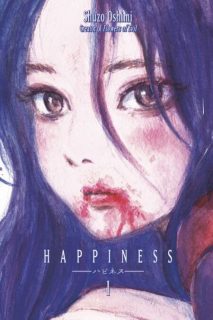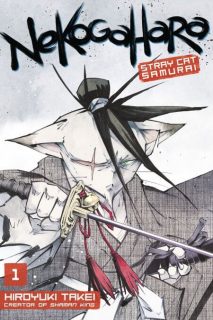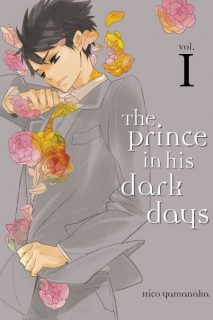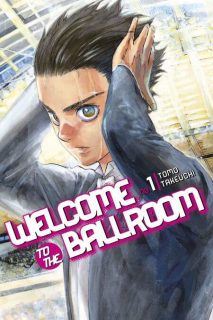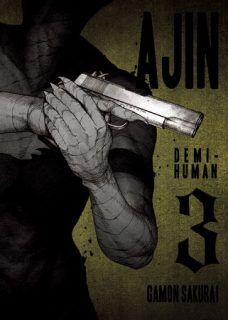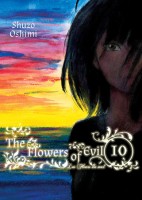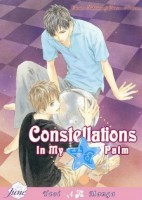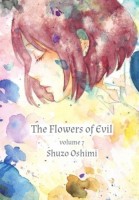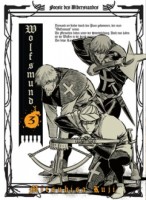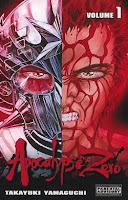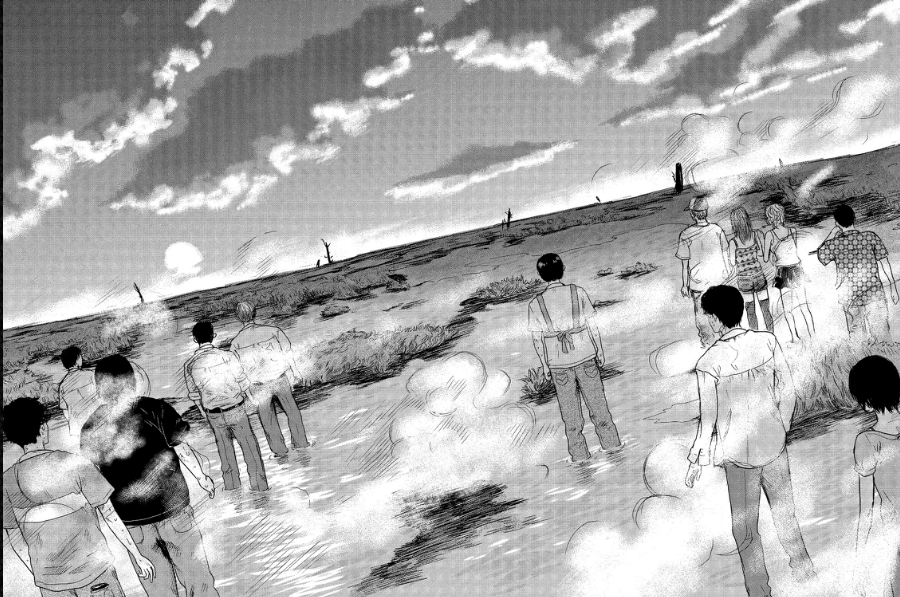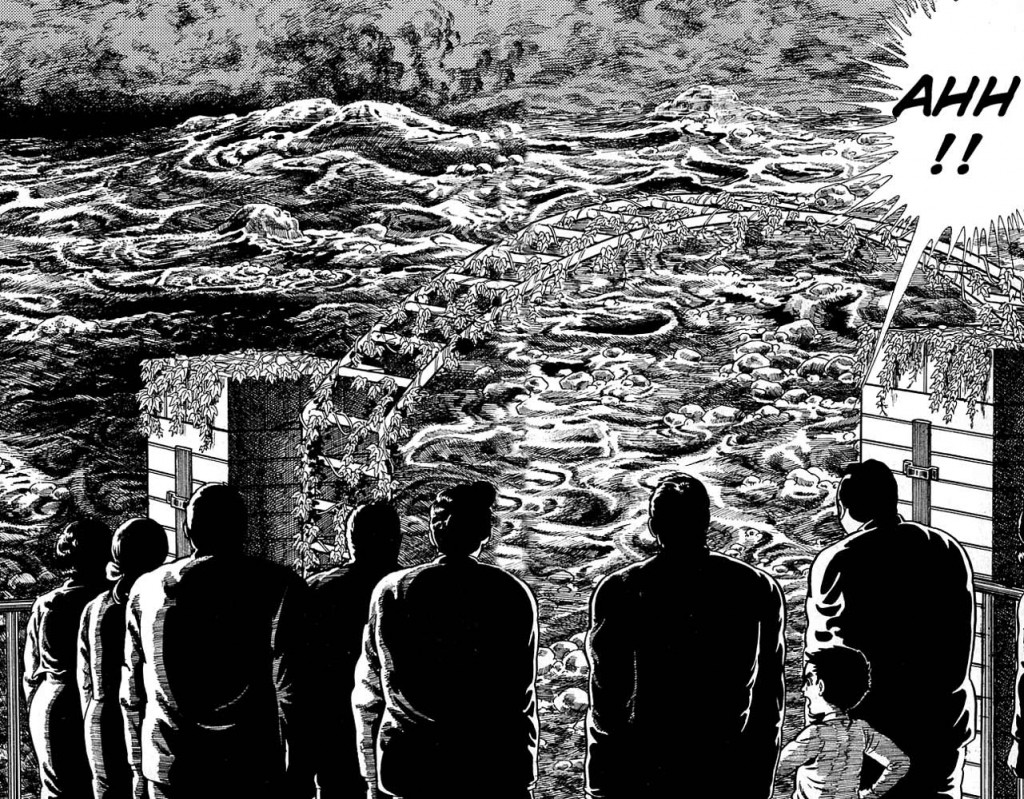One part Mommie Dearest, one part Kids, Blood on the Tracks is an unsettling depiction of the toxic parent-child relationship between Seiko, an overbearing mother, and Seiichi, her thirteen-year-old son.
The first volume is an artful tease, frankly portraying Seiko’s controlling behavior while encouraging the reader to see it through her obedient son’s eyes: as an expression of parental love. Oshimi hints that Seiko’s attachment to Seiichi goes beyond a simple desire to protect him, but it isn’t until a fateful hiking trip that Seiko’s true ability to manipulate and terrorize Seichii is revealed. In the aftermath of the trip, Seiichi begins to question his earliest childhood memories, and forms a connection with his classmate Yuko, another teen caught in a toxic parent-child relationship. The teens’ effort to break free of abuse, however, is thwarted by their age and by Seiichi’s deep-seated guilt about running away from home; the final page of volume five shows Seiichi abandoning Yuko under a highway overpass to search for his mother, rain and tears streaming down his face.
I’d be the first to admit that Blood on the Tracks is a potent reminder of just how good an artist Oshimi is. No matter what genre he’s working in, he does a superb job of creating fully embodied characters whose facial expressions, gaits, and vocal tics reflect their lived experiences; we can see how socially and emotionally stunted Seiichi is from the way he slouches and stands on the fringes of his friend group at school, and from his difficulty making eye contact with other people. Even more striking is how fluidly Oshimi segues from crisp naturalism to abstraction, using the latter as a way of representing how feelings manifest not as fully formed thoughts but as vivid, unsettling images that intrude on everyday life. Oshimi’s expressive linework and creative use of perspective give these sequences a visceral authenticity that would be almost impossible to achieve with language.
In this scene, for example, Oshimi shows us the turning point in Seiko’s relationship with his mother. The first image in the sequence offers a fleeting glimpse of Seiko as Seiichi used to see her: as a beautiful young woman who devoted her life to protecting her son from harm. The second and third images in the sequence, however, reveal how Seiichi now sees her: as a terrifying stranger, a point reinforced by his wide-eyed stare and the faint smirk on Seiko’s lips. Oshimi sharply contrasts the beauty of the setting with the horror of what just transpired, creating a visual analog for Seiichi’s shock at learning who his mother really is.
 The stumbling block—for me, at least—is that Oshimi’s stories always veer into the uncomfortable terrain of transgressive behavior and power dynamics. His characters exhibit such destructive, sadistic tendencies that his work often leaves me feeling queasy, not least because so many of his protagonists are teenagers. Maybe that’s the point: we can’t understand what it’s like to live with a pathologically selfish person unless Oshimi uses jump scares and creepy close-ups to make us feel the same sense of apprehension that Seiichi does. Yet there’s something distressing about making entertainment out of this material, however convincing his portrayal of Seiko’s pathology may be; I couldn’t shake the feeling that watching Seiko squeeze the life out of her son was a kind of emotional torture porn. I threw in the towel with volume five, but your mileage may vary.
The stumbling block—for me, at least—is that Oshimi’s stories always veer into the uncomfortable terrain of transgressive behavior and power dynamics. His characters exhibit such destructive, sadistic tendencies that his work often leaves me feeling queasy, not least because so many of his protagonists are teenagers. Maybe that’s the point: we can’t understand what it’s like to live with a pathologically selfish person unless Oshimi uses jump scares and creepy close-ups to make us feel the same sense of apprehension that Seiichi does. Yet there’s something distressing about making entertainment out of this material, however convincing his portrayal of Seiko’s pathology may be; I couldn’t shake the feeling that watching Seiko squeeze the life out of her son was a kind of emotional torture porn. I threw in the towel with volume five, but your mileage may vary.
BLOOD ON THE TRACKS, VOLS. 1-5 • BY SHUZO OSHIMI • TRANSLATED BY DANIEL KOMEN • VERTICAL

